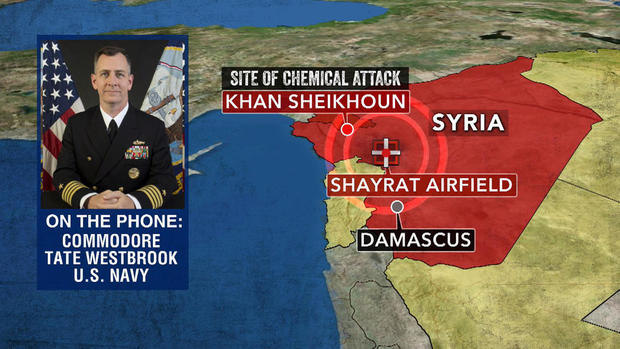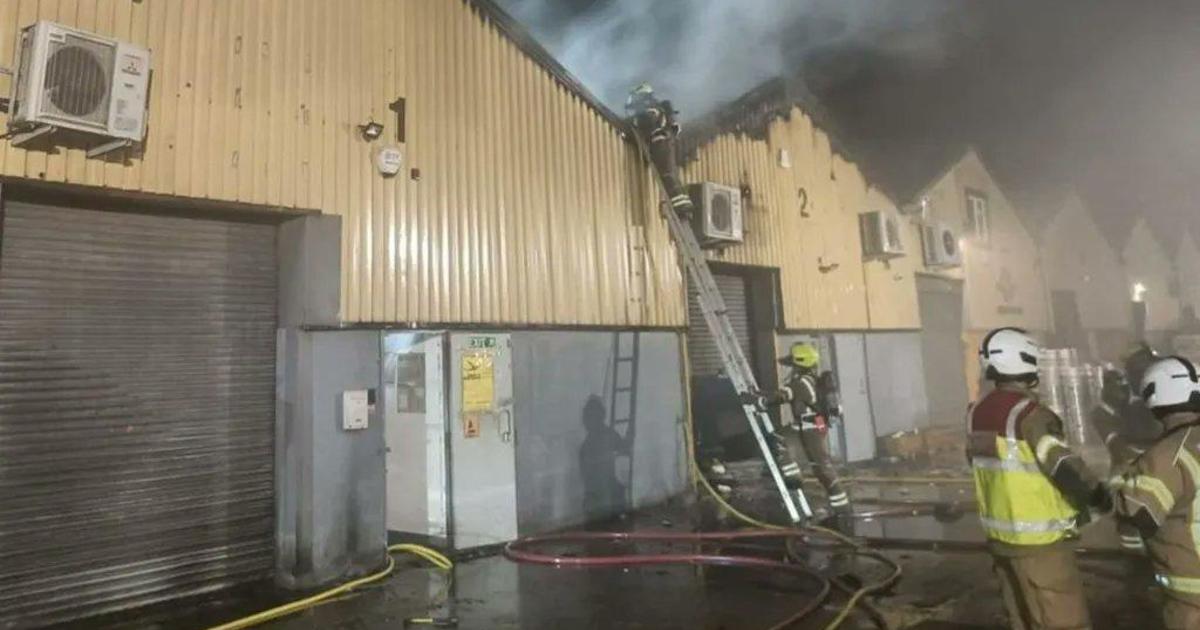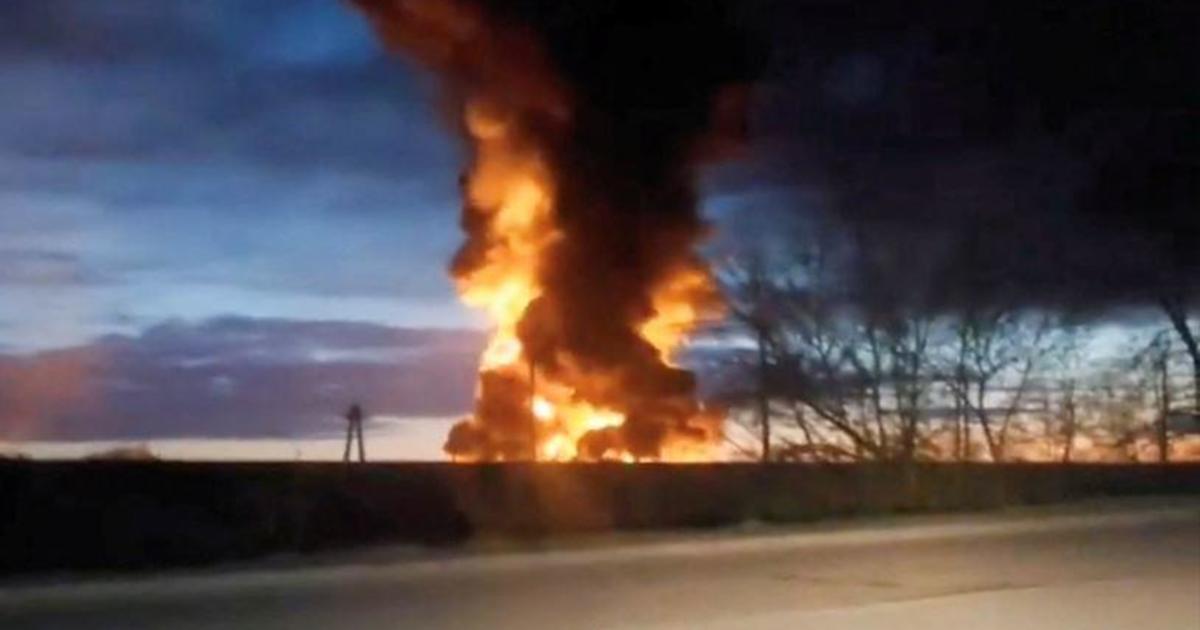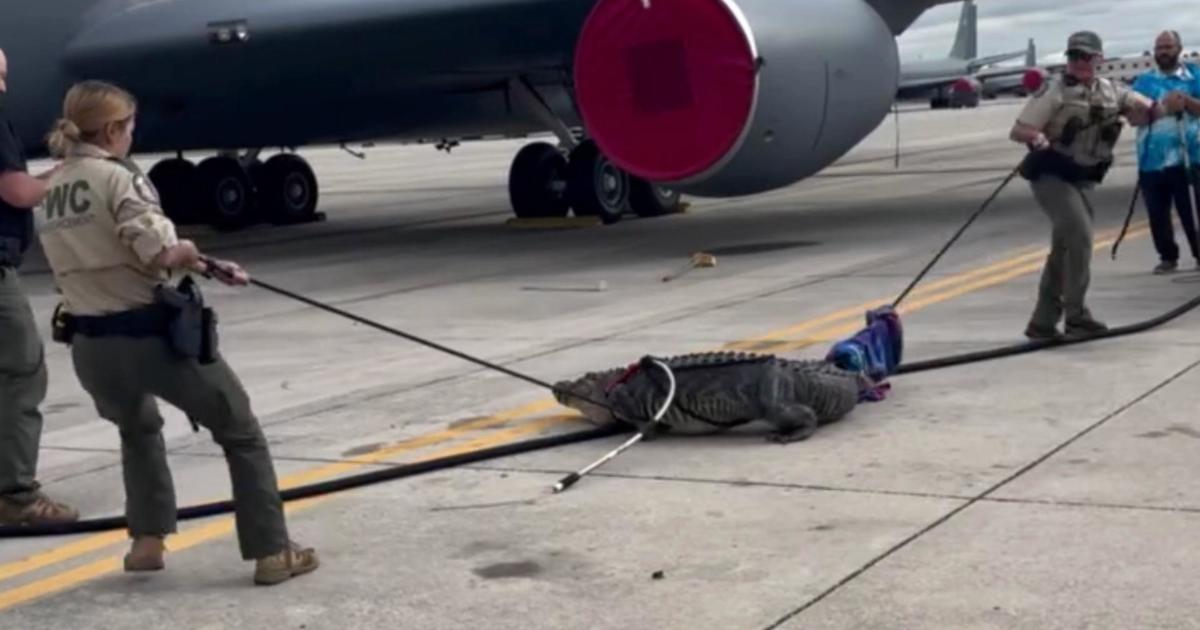U.S. Navy commodore in charge of Syria strike destroyers discusses mission
THE PENTAGON -- U.S. officials estimate 20 Russian-made aircraft belonging to the Syrian air force were reduced to scrap metal from the cruise missile strike Thursday night.
Satellite photos show 59 cruise missiles, each with a 1,000-pound warhead, hit ammo dumps, storage sites and radars spread out around the 10,000-foot runway.
Commodore Tate Westbrook commanded the small Navy task force that launched the missiles.
“These were targets specifically associated with the Syrian government’s capabilities to deliver chemical weapons and have been specifically attributed to the recent attack against the civilians,” Westbrook said.
Westbrook told CBS News he first was alerted for the mission on Tuesday, the same day a Syrian jet was tracked taking off from the air field and dropping a bomb loaded with nerve gas on a roadway where it left a small crater and a cloud of death.
At the time, the destroyers Porter and Ross were some 1,500 miles away.
“I turned both ships around … and both ships maintained maximum speed to get in position all the way across the Mediterranean,” Westbrook said.
By the time President Trump approved the strike at 4:30 Thursday afternoon, the Porter and Ross were southwest of Cyprus, well within the 1,000-mile range of their cruise missiles. The command center for the operation alerted the Russians a strike was coming but was not aimed at them.
The Russians had helicopters and crews at the air field, and the missiles deliberately avoided those locations.
At 7:36 Thursday evening, the Porter and Ross began launching 60 missiles; one failed and went in the water.
The other 59 flew different routes in order to reach the target at the same time. Video from Syrian TV showed what the strike looked like from a distance. Neither Syrian nor Russian air defenses tried to shoot the missiles down.
“We had no indication of any Russian intent to interfere with this mission,” Westbrook said.
U.S. intelligence believes the Syrian regime resorted to chemical weapons in a desperate attempt to stop opposition fighters from capturing some key terrain. It is still investigating whether Russia, the regime’s protector, had any involvement in the attack.






